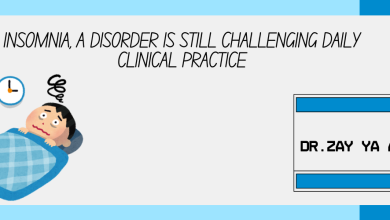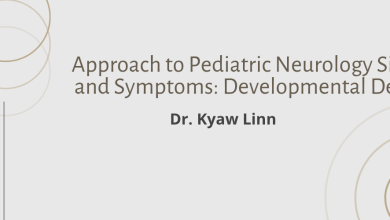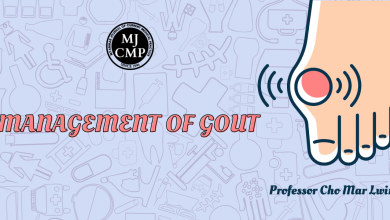Our hospital, now three years into its establishment, has faced numerous challenges, with communication being a significant cross-cutting issue. Poor communication affected various operational areas, leading to a high staff turnover rate, a decline in patient numbers, and a resulting loss in monthly cash flow.
The communication gaps were identified between individual staff members, across departments, between staff and patients, staff and visiting doctors, clinical and non-clinical teams, and between senior and junior staff members. To address these issues, the C-level management team implemented a series of strategic activities.
Activities Undertaken by Management Team
- Counseling Sessions: The management team conducted individual and group counseling sessions with staff members from each department, addressing complaints, feelings, and personal or family challenges whenever possible.
- Consultation with Specialists: Meetings were held with key specialists to understand their operational difficulties, and their needs including providing necessary equipment were fulfilled.
- Training on Communication Skills: Experienced trainers were invited to conduct training sessions on communication skills and behavior change, helping staff develop effective communication techniques.

- Social Events and Team Building: Staff parties were organized, merging staff from different departments to participate in games and competitions that foster positive attitudes and build teamwork.
- Incentives and Recognition:Outstanding individual and team performances were acknowledged and rewarded with incentives, boosting morale and motivation.

- Weekly Staff Meetings: Regular meetings were held to discuss and resolve interdepartmental issues, improving collaboration and understanding among different teams.
- Salary Adjustments: As staff motivation and income improved, the management team advocated to the Board of Directors (BOD) for salary increases, enhancing job satisfaction and retention.
- ICT-Based Call Center: A 24/7 call center was established to handle inquiries, bookings, and appointments. The call center also facilitated follow-up calls to patients who received inpatient or outpatient services, improving customer satisfaction and healthcare service quality.
- Development of SOPs, Workflows, and KPIs: Standard Operating Procedures (SOPs) and workflows were developed to streamline communication processes. Key Performance Indicators (KPIs) were established to measure staff performance, and incentives were provided to those meeting or exceeding their monthly targets, encouraging consistent and effective communication practices.
Results and Impact After a year of consistent effort, the communication gaps were significantly reduced and conflicts were reduced by 60%. Staff motivation increased, staff turnover rate reduced by 50% interdepartmental collaboration improved, and income increased by 100%, highlighting the positive impact of these innovative approaches. The call center in particular, enhanced patient satisfaction, strengthened the hospital’s reputation, and streamlined communication resulting 50% increase of positive feedback in patient satisfaction survey.

These efforts reflect the hospital’s commitment to overcoming challenges, fostering a supportive work environment, and delivering quality healthcare services.
Conclusion
The hospital’s commitment to overcoming communication barriers has fostered a supportive work environment, improved patient care, and enhanced overall operational efficiency. By prioritizing staff well-being, investing in training, and leveraging technology, the hospital has set a benchmark for addressing communication challenges in healthcare settings. These efforts not only resolved immediate issues but also laid the foundation for sustained growth and excellence in delivering quality healthcare services.
Author Information
Dr. Kyaw Thin1, Dr. Kyaw Thiha2, U Aung Naing Maung Maung3, Dr. Kyee Myint4
1. Executive Director, Dagon Medicare Hospital
2. Chief Operating Officer, Dagon Medicare Hospital
3. Financial Advisor, Dagon Medicare Hospital
4. Chief Medical Officer, Dagon Medicare Hospital






